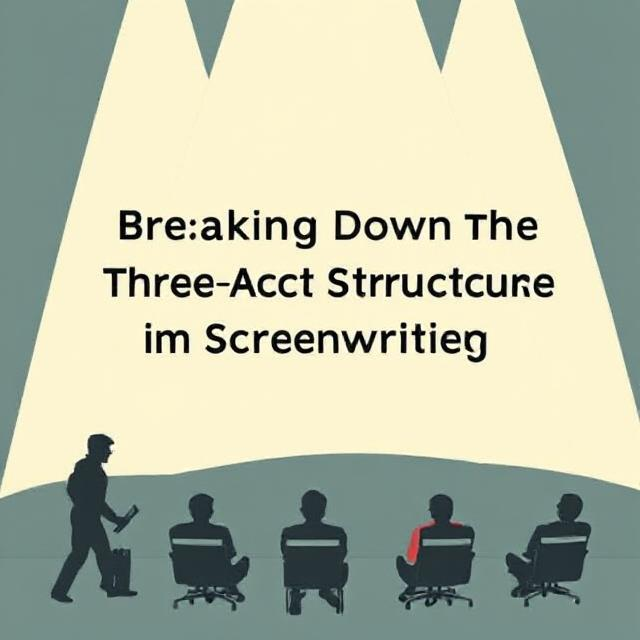
The three-act structure is one of the most widely used storytelling frameworks in screenwriting. It provides a clear roadmap for developing a compelling narrative, ensuring the right pacing, character development, and emotional engagement. Whether you’re writing a film, TV series, or web series, understanding this structure will help you craft a strong and engaging script.
What is the Three-Act Structure?
The three-act structure divides a screenplay into three main parts:
Act 1: Setup (Beginning) – Introduces the protagonist, setting, and central conflict.
Act 2: Confrontation (Middle) – The protagonist faces obstacles and struggles to achieve their goal.
Act 3: Resolution (End) – The climax unfolds, leading to a satisfying conclusion.
Most Hollywood blockbusters and critically acclaimed films follow this model, from The Dark Knight to Titanic and Parasite.
Act 1: Setup (Pages 1-30 of a 120-page script)
Purpose:
Establish the protagonist, their world, and their main conflict. Introduce supporting characters. Set up the story’s tone and stakes. End with the inciting incident, which disrupts the protagonist’s life.
Key Elements:
Opening Scene – Hook the audience with a strong visual, action, or question.
Example: In Inception, we open with Dom Cobb washed up on a beach, immediately creating intrigue.
Establish the Protagonist & Their World – Show their strengths, weaknesses, and motivations.
Example: In Up, we see Carl’s life from childhood to old age, building an emotional connection.
Inciting Incident (Page 10-15) – A major event that forces the protagonist into action.
Example: In The Matrix, Neo meets Morpheus and is offered the red or blue pill.
Plot Point 1 (Page 25-30) – The protagonist makes a decision that propels them into Act 2.
Example: In Star Wars: A New Hope, Luke decides to leave Tatooine with Obi-Wan after his aunt and uncle are killed.
Act 2: Confrontation (Pages 30-90)
Purpose:
The protagonist faces obstacles and conflict. Introduce subplots and supporting characters. Build suspense and stakes. End with a major crisis or turning point.
Key Elements:
Rising Action & Conflict – The protagonist struggles but is learning.
Example: In The Dark Knight, Bruce faces challenges against the Joker’s unpredictable chaos.
B Story (Subplot) – A side story that enriches the main plot, often involving romance or friendship.
Example: In Titanic, Jack and Rose’s love story adds depth to the sinking ship narrative.
Midpoint (Page 60) – A major twist that changes everything.
Example: In Jurassic Park, the power goes out, letting the dinosaurs loose.
The Lowest Point (Page 75-90) – The protagonist suffers a huge loss or setback.
Example: In Avengers: Infinity War, Thanos snaps his fingers, and half of humanity disappears.
Plot Point 2 (Turning Point to Act 3) – The hero decides to make a final stand.
Example: In Rocky, he realizes winning isn’t about the title but proving himself.
Act 3: Resolution (Pages 90-120)
Purpose:
Deliver the climax. Resolve all storylines. Leave a lasting impact on the audience.
Key Elements:
Climax (Page 105-115) – The final battle, chase, or confrontation.
Example: In The Lord of the Rings: Return of the King, Frodo finally destroys the ring in Mount Doom.
Falling Action (Page 115-118) – Show the consequences of the climax.
Example: In The Pursuit of Happyness, Chris Gardner gets the job, leading to a heartfelt moment with his son.
Final Image (Page 119-120) – The last shot should reflect the journey.
Example: In Inception, the spinning top leaves the audience questioning reality.
